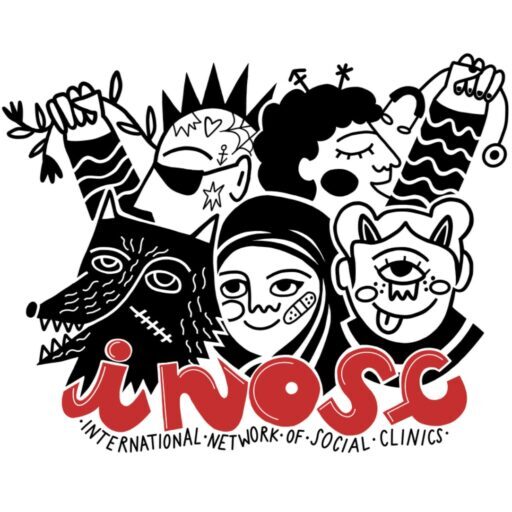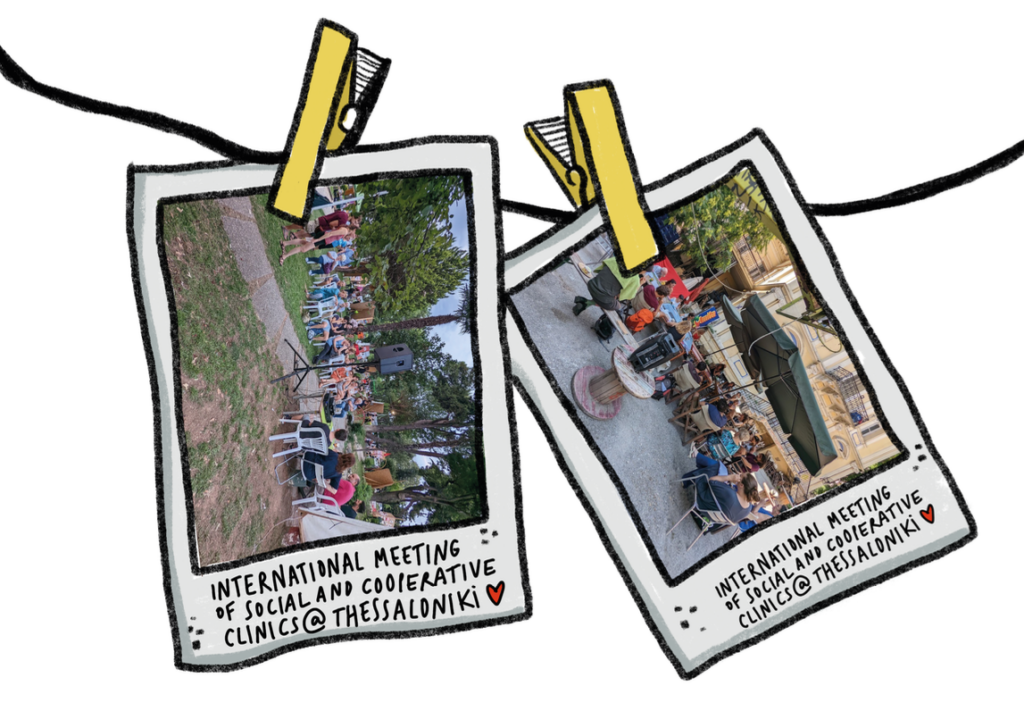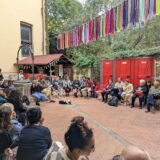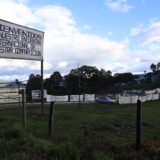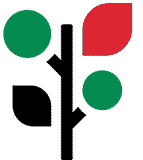section 6: Antihierarchical structures
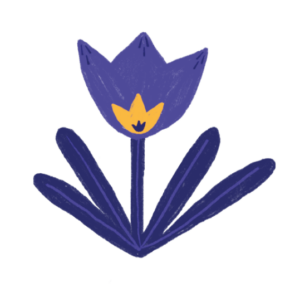 Our anti-hierarchical structure concerns not only the way we make decisions but also the way different professions interact within the same clinic. We believe that our non-hierarchical model has a positive impact on how we treat the incomers but also on how we treat each other as a team.
Our anti-hierarchical structure concerns not only the way we make decisions but also the way different professions interact within the same clinic. We believe that our non-hierarchical model has a positive impact on how we treat the incomers but also on how we treat each other as a team.
It is therefore important to highlight that hierarchy does not only exist between patient and doctor, but also among different professionals. When hierarchy is maintained over time, ti fosters distinct habits and behaviors across all members of the organization. It supports and reproduces a rigid social order, creating subjects who either take on roles of obedience or command. At the same time, it limits the creativity of their thinking and their practice, as everyone remains confined by their roles.
Our decision to adopt an anti-hierarchical structure aims to create specific forms of knowledge and relationships. We believe that knowledge is diffused among all care professionals and even among incomers. Thus, we feel that the non-hierarchical structure concerns a multitude of dimensions in relation to the operations of the social clinics that extend beyond the doctor/patient relationship.
In our non-hierarchical model, collaboration between professionals occurs on a horizontal plane, including group discussions and decision processes for the care of each incomer. Supervision processes are established between more experienced and less experienced professionals. Similar processes can involve collaboration between doctors and other specialists.
This non-hierarchical model between different professionals shows the importance of these alternative practices. It helps to create a more relaxed atmosphere in which all participants feel confident to talk freely with other professionals. Social care is also a very important part of guaranteeing better health. The voice of each professional has the same power, so we can give better care to our incomers. The diverse points of view of different professions and their specificities contribute to an environment of mutual trust and knowledge exchange. Each one of us accompanies incomers and contributes to decisions from our own experiences and perspectives.
In hierarchical models, often the important decisions are taken by managers that have no idea of the reality of the people who access the social clinic and how the professionals support people and the community. Instead, we tend to make well-informed decisions collectively. We believe this practice can support both incomers and us as workers. We promote the development of spaces in which we can ethically think about our jobs and perform collective analysis of our professional practices.response, care, information, or referral to other services.
village 2 santé
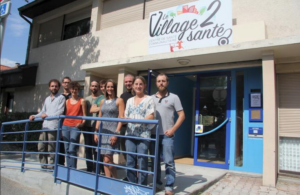 At Village 2sante, in order to challenge conventional hierarchy, we decided to pay everyone the same salary, regardless of their role. All decisions concerning the clinic are also taken collectively and not as individuals. This empowers us as professionals and gives us confidence to dismantle hierarchical structures among different professions, such as doctors and social workers.
At Village 2sante, in order to challenge conventional hierarchy, we decided to pay everyone the same salary, regardless of their role. All decisions concerning the clinic are also taken collectively and not as individuals. This empowers us as professionals and gives us confidence to dismantle hierarchical structures among different professions, such as doctors and social workers.
It also challenges the passive role of the incomer. All professionals have the same level of responsibility of taking care of an incomer. Each professional has a role to play in the care of the patients. Decisions are taken by professionals, not by a person of authority or a manager who does not know the reality of our work and our patients.
KIA Thessaloniki
 The “Psi’ section was established at the opening of KIA in 2011. It consisted of psychiatrists, psychologists, and psychotherapists from various backgrounds. It established a horizontal assembly where every incomer’s case and appropriate therapies were collectively discussed. Professionals with various degrees of experience shared knowledge, ideas, methods,and practices, allowing everyone to engage with various therapeutic approaches.
The “Psi’ section was established at the opening of KIA in 2011. It consisted of psychiatrists, psychologists, and psychotherapists from various backgrounds. It established a horizontal assembly where every incomer’s case and appropriate therapies were collectively discussed. Professionals with various degrees of experience shared knowledge, ideas, methods,and practices, allowing everyone to engage with various therapeutic approaches.
A network of supervision was available when needed, so the young therapists were able to engage with health issues they would not have been able to address otherwise. Over the years, the Psi sector has operated without encountering serious incidents, such as suicide attempts or psychotic crises, showing the success of this collective approach to mental healthcare.
Next: section 7: Participation
